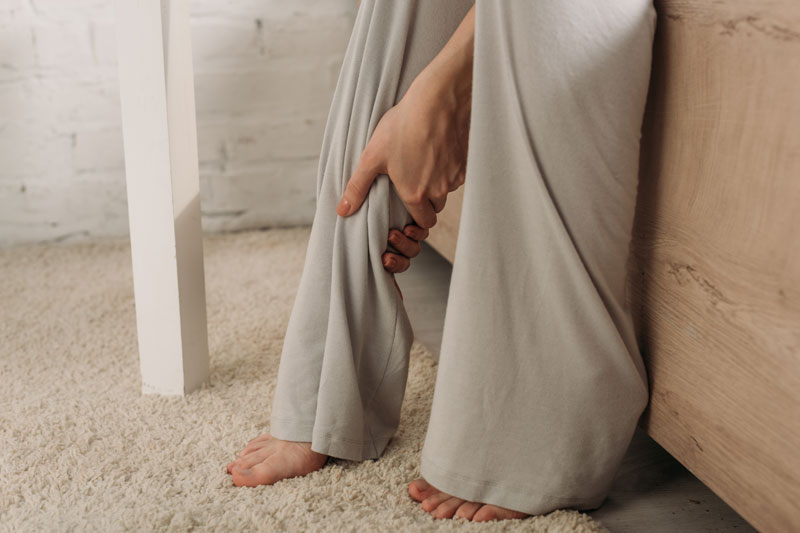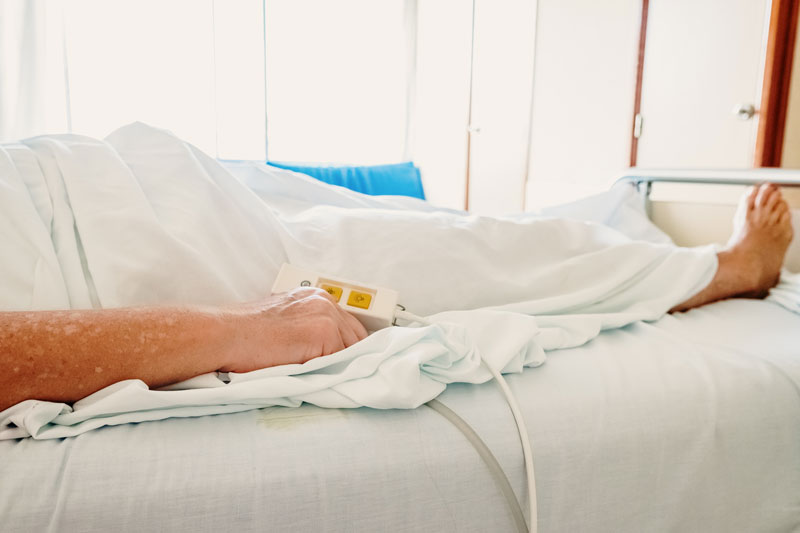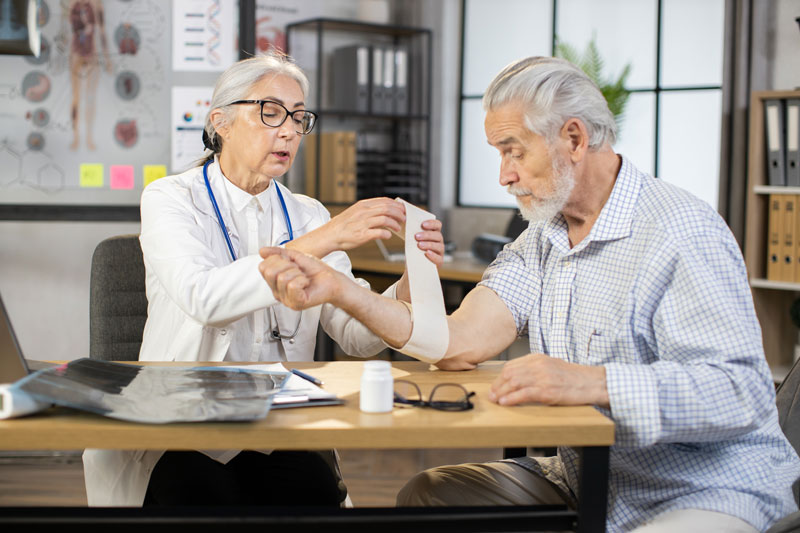What is Debridement?
Why is Debridement Performed?
How is Debridement Performed?
Debridement is a skilled wound care procedure performed by healthcare professionals to remove non-viable tissue and promote wound healing. Various methods of debridement can be utilized based on the specific needs of the wound and the patient.
- Sharp Debridement: Using sterile instruments, the clinician carefully cuts away dead or unhealthy tissue from the wound bed.
- Enzymatic Debridement: Topical enzyme-based agents are applied to the wound, breaking down non-viable tissue over time.
- Autolytic Debridement: The wound is covered with a moist dressing that allows the body’s natural enzymes to break down dead tissue gradually.
- Mechanical Debridement: Using gauze or a specialized dressing, the clinician gently removes non-viable tissue from the wound through physical means.
- Surgical Debridement: Performed in an operating room under anesthesia, this method involves the precise removal of necrotic tissue.
- Ultrasonic Debridement: High-frequency sound waves are used to safely and effectively remove non-viable tissue from the wound bed, supporting the healing process.
The choice of debridement method depends on the wound’s characteristics, patient’s overall health, and the wound care provider’s expertise. Mobile wound care professionals skillfully perform debridement to facilitate optimal wound healing and improve patient outcomes.
What To Expect After Debridement
Frequently Asked Questions about Debridement
1. Is debridement a painful procedure?
Debridement is generally well-tolerated by patients and is performed under local anesthesia in most cases. This ensures that the area being treated is numbed, reducing any discomfort during the procedure. While patients may experience some mild discomfort or soreness after the anesthesia wears off, it can usually be managed with prescribed pain medications or over-the-counter pain relievers. The healthcare provider will take appropriate measures to ensure the patient’s comfort throughout the debridement process.
2. How long does it take for a wound to heal after debridement?
The healing time after debridement varies depending on the size and severity of the wound, the patient’s overall health, and the specific debridement method used. In general, debridement helps promote faster wound healing by clearing away non-viable tissue and creating a conducive environment for healthy tissue growth. However, complete wound closure may still take several weeks to months, depending on the wound’s complexity and the patient’s ability to heal. It is crucial to follow the wound care provider’s instructions, attend scheduled follow-up appointments, and maintain good wound care practices to ensure optimal healing.
3. Can debridement be performed at home?
Debridement is a specialized wound care procedure that should only be performed by trained healthcare professionals. Attempting to perform debridement at home without proper knowledge and expertise can lead to complications and further harm to the wound. Home remedies or DIY debridement techniques are not recommended, as they may cause infection or damage to the surrounding healthy tissue. If you have a wound that requires debridement, it is essential to seek professional medical attention from a wound care provider who can safely and effectively perform the procedure to ensure the best possible outcomes.







